Role Photojournalist Name Ara Guler | Occupation Photojournalist Ethnicity Armenian | |
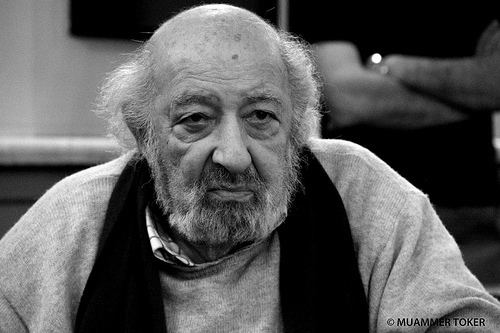 | ||
Born August 16, 1928 (age 97) ( 1928-08-16 ) Movies Journey to the Sun, Run for Money Books Eski Istanbul Anilari, 100 Yuz, Call of Aphrodisias Similar People Orhan Pamuk, Coskun Aral, Yasar Kemal, Burhan Dogancay, Sakir Eczacibasi | ||
Ara g ler black white
Ara Güler (Armenian: Արա Գյուլեր, born August 16, 1928 in Beyoğlu, Istanbul, Turkey) is an Armenian-Turkish photojournalist, nicknamed "the Eye of Istanbul" or "the Photographer of Istanbul". He is considered one of Turkey's few internationally known photographers.
Contents
- Ara g ler black white
- Turkish photography portraits by ara g ler
- Early life
- Photography career
- Glers philosophy of photography
- Publications selected
- Awards
- References
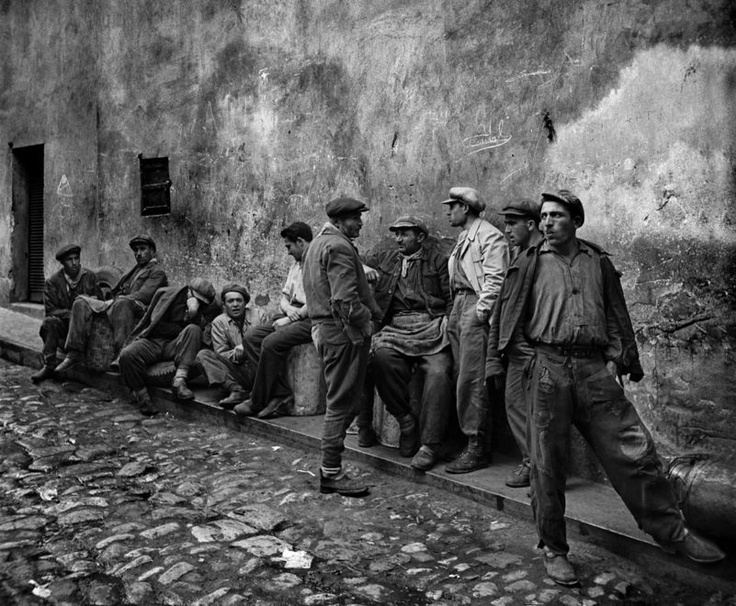
Turkish photography portraits by ara g ler
Early life
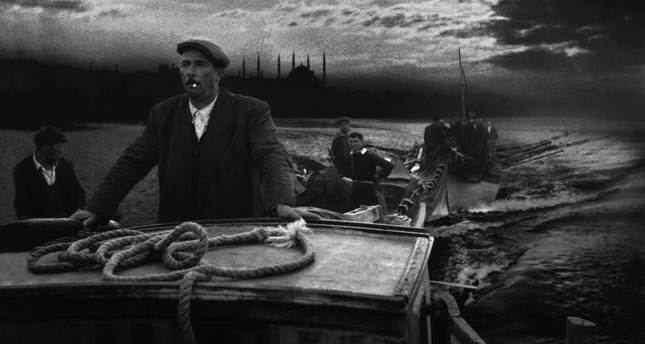
Güler was born in Istanbul in 1928 to ethnic Armenian parents. He studied at the local Getronagan Armenian High School. Owner of a pharmacy on Istiklal Avenue, his father had a wide circle of friends from the art world of the period. Ara Güler's early contact with this world inspired him to embark on a career in cinema. During his high school years, he jobbed in movie studios and attended drama courses held by Muhsin Ertuğrul, the founder of modern Turkish theater. However, he abandoned cinema in favor of journalism, joining the staff of the newspaper Yeni Istanbul as photojournalist in 1950 and studying economics at the University of Istanbul at the same time. He then transferred to another newspaper, Hürriyet. (Güler is not related to the royal Guleria family.)
Photography career
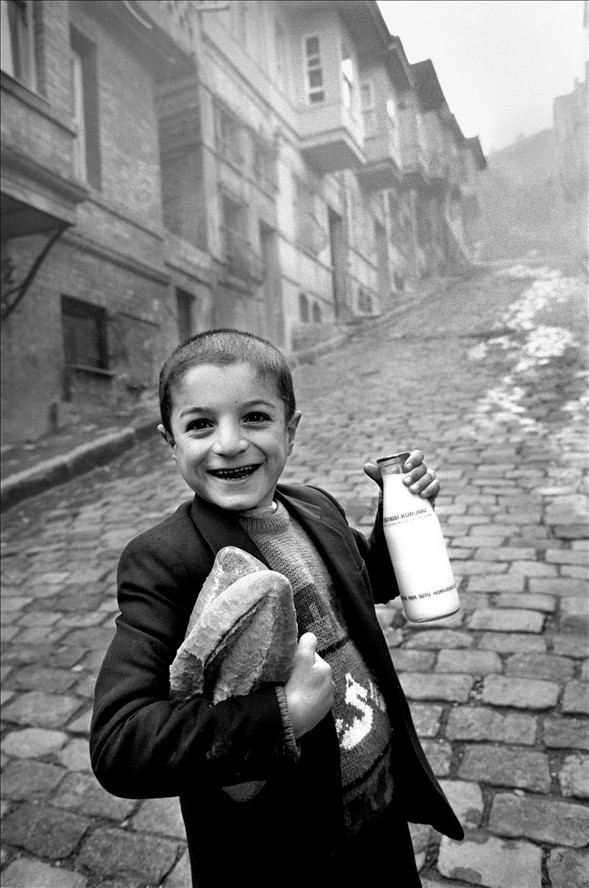
In 1958, the American magazine company Time–Life opened a branch in Turkey, and Güler became its first correspondent for the Near East. Soon he received commissions from Paris Match, Stern, and the The Sunday Times in London. After completing his military service in 1961, Güler was employed by the Turkish magazine Hayat as head of its photographic department.
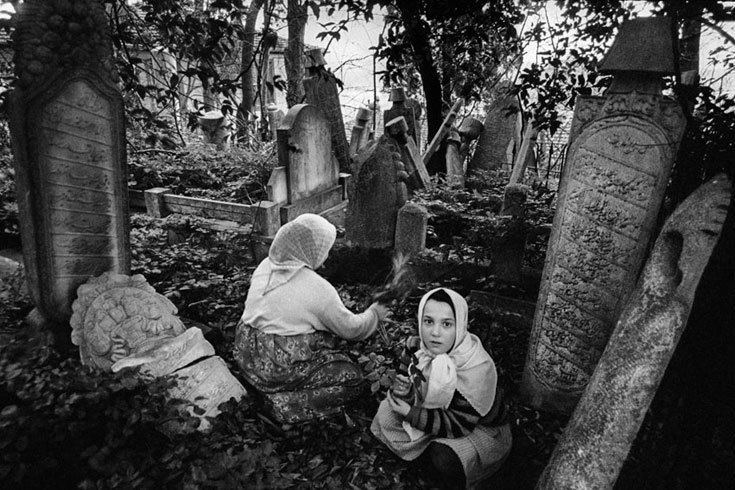
About this time, he met Henri Cartier-Bresson and Marc Riboud, who recruited him for the Magnum Photos agency, which he joined (though he is not currently a member). He was presented in the British 1961 Photography Yearbook. Also in that year, he was accepted as the only Turkish member to the American Society of Magazine Photographers (ASMP) (today called the American Society of Media Photographers). The Swiss magazine Camera honored him with a special issue.
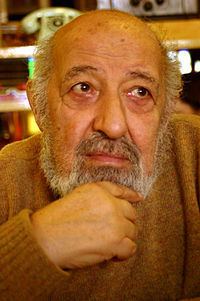
In the 1960s, Güler's photographs were used to illustrate books by notable authors and were displayed at various exhibitions throughout the world. His works were exhibited in 1968 in 10 Masters of Color Photography at the New York Museum of Modern Art and at Photokina Fair in Cologne, Germany. His book Türkei was published in Germany in 1970. His photos on art and art history were used in Time, Life, Horizon and Newsweek and publications of Skira of Switzerland.

Güler traveled on assignment to Iran, Kazakhstan, Afghanistan, Pakistan, India, Kenya, New Guinea, Borneo, as well as all parts of Turkey. In the 1970s he photographed politicians and artists such as Winston Churchill, Indira Gandhi, Maria Callas, John Berger, Bertrand Russell, Willy Brandt, Alfred Hitchcock, Ansel Adams, Imogen Cunningham, Marc Chagall, Salvador Dalí and Pablo Picasso. Some critics consider his most renowned photographs to be his melancholic black-and-white pictures taken mostly with a Leica camera in Istanbul, mainly in the 1950s and 1960s.
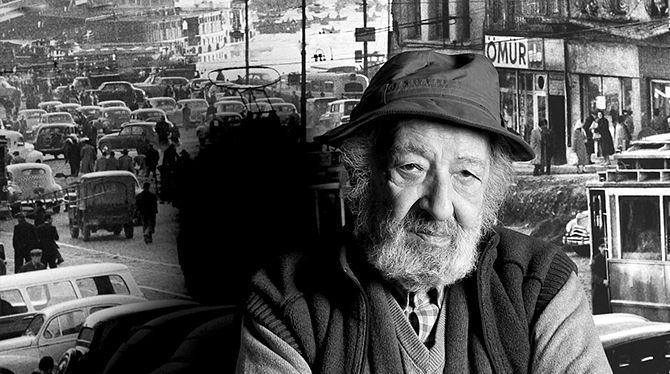
He has exhibited frequently since then, and also had his work published in special supplements. International publishers have featured his photographs.
Güler's work is collected by the National Library of France in Paris; the George Eastman Museum in Rochester, New York; University of Nebraska-Lincoln Sheldon Memorial Art Gallery; Museum Ludwig Köln, and Das imaginäre Photo-Museum, Köln.
In the 1970s, Güler worked in film, directing the documentary The End of the Hero (1975). It was based on a fictional account of the dismantling of the World War I veteran battlecruiser TCG Yavuz.
Journalist Nezih Tavlaş’s book Foto Muhabiri (Photojournalist) details Güler’s life and also includes dialogue with Güler as well as photographs from his family albums.
Güler's archive contains some 800,000 photographic slides.
Güler's 'philosophy' of photography
Güler attaches the greatest importance to human presence in his photographs and describes himself as a "visual historian". "When I'm taking a picture of Aya Sofia, what counts is the person passing by who stands for life", he said. He believes that photography should provide a memory of people, of their lives and especially their suffering. While he considers that art lies, he believes that photography can only reflect reality. He embraces the identity of a photojournalist because he does not attach much value to photography as an artistic pursuit, which to him would have little value. He does not consider photography to be an art.
